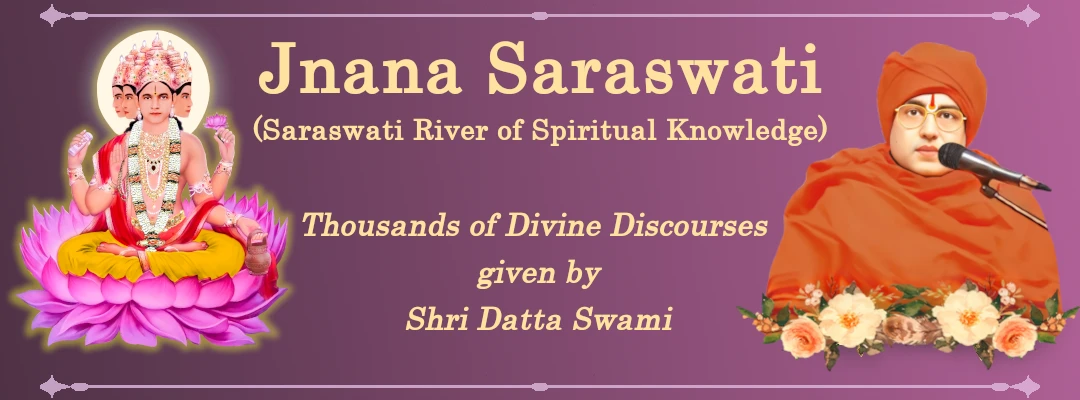
25 Jul 2022
Swami replied: The untouchable 5th caste does not exist at all in the Veda or the Gita because only four castes were mentioned based on professions. The untouchable 5th caste is formed when very serious sinners from all the four castes were identified and were boycotted from the village. The serious sins committed by these sinners were i) to kill the mother-like cow or buffalo after drinking its milk for its flesh as food and its skin, ii) to kill the father-like bull or he-buffalo after getting help in agriculture for ploughing the field for the same purpose as above. This boycotting was not due to revenge but to reform the soul only just like a student from a school is debarred for some days to get reformation. Here, the person committing the sin is a sinner and not his son or daughter, who has not committed any sin.
Therefore, untouchability was only to reform the sinner and not to show any revenge on the innocent issues of the sinners. Shabari and the hunter Kannappa belonged to untouchable castes, but their photos exist in the prayer rooms of Braahmana priests also even today. Hence, untouchability is related to sins committed by a soul and not to the caste of the four-tier caste system. Even though Ravana was a Braahmana by birth, he was condemned by all as the real untouchable. Even though Rama belongs to the Kshatriya caste and Krishna belongs to the BC caste, the Braahmana priests are washing the feet of their statues and the washings of the feet are taken as holy water or teerdham. Sage Romaharshana was a pot maker and was made the president of a big sacrifice performed by all sages! This clearly shows that in ancient India, at the time of our ancient sages, caste (two-tier or four-tier system) was decided by qualities and deeds only and not by birth.
★ ★ ★ ★ ★